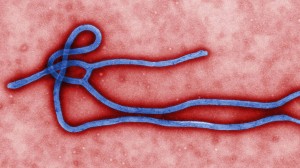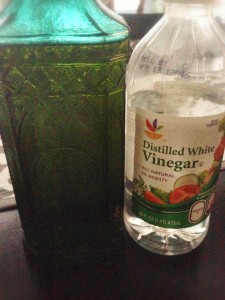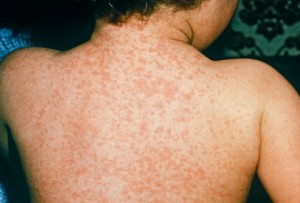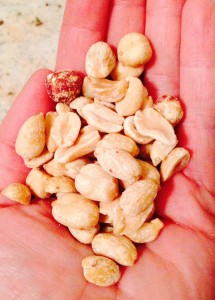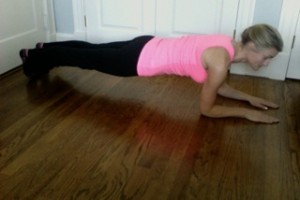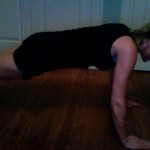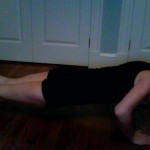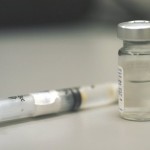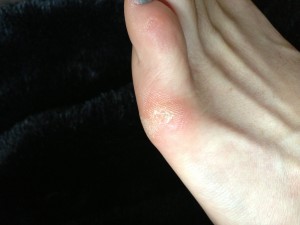Talks of Ebola are all over the news, especially since a couple of U.S. health workers in Africa have been transferred back to the U.S. for treatment, and these are the first known cases of Ebola on U.S. soil ever, it’s understandable that people are concerned. Here’s the straight scoop, on what Ebola is, how it is transferred, and what you should be concerned about: no hype added!
What is Ebola?
Ebola Hemorrhagic Fever (EHF) is a virus that is very severe and many times is fatal in humans and primates (monkeys, gorillas, and chimps), and it is caused by the Ebola virus, which not too much is known about. There are many presumptions, that the virus was somehow transferred from a primate to human, but the true source of the virus is unknown; it started showing up in 1976 in the Democratic Republic of the Congo, and has shown up on and off ever since in Sudan, Gabon, The Ivory Coast, Uganda, and the Republic of the Congo.
What are the symptoms?
The EHF virus can incubate from anywhere from 2 to 21 days, which means that an infected person might not know that they are infecting others because they have mild symptoms at first, and then very acute (sudden) symptoms:
– Sore muscles
– Fever
– Headache
– Sore throat
– Weakness
Which can then be followed by:
– Diarrhea
– Vomiting
– Stomach pains
And some patients will have acute onset hiccups, skin rash, red eyes, and bleeding (both internal seen through your poop, and external like nose bleeds or bruising.) It is difficult, based on current case studies, to understand why some patients die from EHF quickly, and others are able to recover, but it may be related to when they are seen for their symptoms. And while there is no cure, patients with EHF that get supportive treatment (treatments for their symptoms, like fluids for fever and loss during vomiting and diarrhea) early, may be better off in their fight against the virus.
How is it transmitted and prevented?
Since it is truly unknown how the first cases appeared, it is only assumed how it occurred, some routes of transmission have been studied and shown in labs, and clinically, but others we are still learning about. It is thought to be transmitted by exposure to blood, mucus, vomitus, stool, or saliva from an infected person. Many times in African settings, these patients are cared for my family members when they first become ill, and without knowing the virus, the family members then become infected and when they get to a healthcare setting, there is often no option for gloves, gowns, etc. that are used in most modern-day healthcare settings to prevent the spread of disease.
I have seen articles that are saying EHF is spread through breathing the same air as an infected person; in one research setting, one type of EHF was presumed to have been spread this way through primates, but it has never been seen in clinical setting in humans to spread this way. I am not saying this will never be the case, but at this time, it has not been shown as a source of transmission, so there is no need to walk around with a mask on and HEPA filter!
Am I at risk?
In every day life, you are at minimal risk for exposure to EHF, and you should just wash your hands frequently, especially when around people with colds or other illness, just as you normally would. If you go to a hospital, healthcare practitioners have been well versed in looking for signs and symptoms, early diagnosis of patients, and ensuring that the patients will not infect other patients, or healthcare workers, by wearing appropriate personal protective equipment. Also, the Center for Disease Control (CDC) is tracking all patients being screened and sending updates to all hospitals within the U.S. frequently; if there are other infections, the CDC will quickly trace the trends and increase protective measures.
Should I be worried?
The short and long of it? No. You should not be worried about the movie ‘Outbreak’ or ‘Contagion’ essentially happening on U.S. soil. There are two cases of people who have been brought to Atlanta, where CDC staff are assisting in treatment and studying reactions, which will only benefit all of us, and they are overly protective to prevent any spread of the virus. Also, they have used an experimental drug on the two patients that were flown to the U.S. (prior to their departure from Liberia) that appears to have killed off the virus already, which is amazing in the fight against EHF!
People travel all over the world for business, to visit family, etc. and we cannot prevent world travel, but making people aware of the signs and symptoms, and how it is transmitted can help the spread. There may be a moratorium of travel for people who live in areas with increased rates of EHF in the future, but for now, knowledge is power, and if you are worried or concerned, go see your Healthcare Practitioner (HCP) so they can also put your mind at ease. If you have travelled to the areas with current outbreaks (updated by the CDC) be aware of the symptoms noted above, and see your HCP for screening, if you have any of the symptoms.
Short of that, don’t put your life on hold because of an Ebola outbreak, but pay attention to any updates by the CDC for outbreaks and new prevention tips!
Yours in Good Health
B

